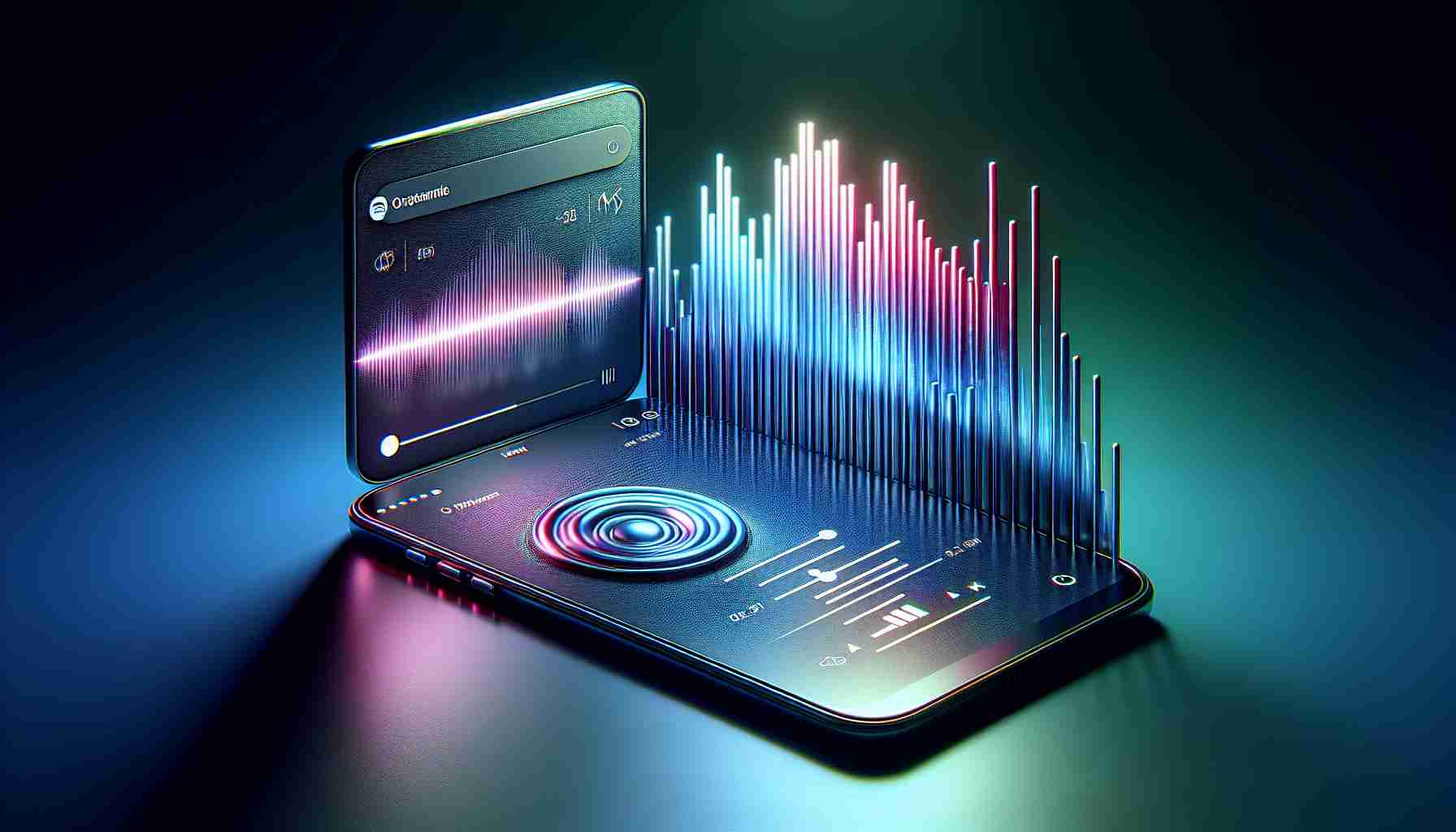Music enthusiasts eagerly awaiting the advent of Spotify’s Hi-Fi streaming option can find fresh hope – recent information suggests that Spotify is on the verge of rolling out an improved audio experience. A Reddit user shared visuals indicating the potential features of Spotify’s high-quality streaming service, revealing the interface’s adaptation for both desktop and mobile usage.
The leaked version 1.2.36 of the Spotify app hints at a significant enhancement in sound fidelity. Traditional streaming caps at 320kbps may soon become a thing of the past, as the new service appears to offer tunes at a crisp 1,411kbps. Moreover, devices that support “Lossless” streaming could bask in an even higher quality of 2,117kbps. The addition of 24-bit/44.1kHz streaming in FLAC format would be a cherry on top for purists seeking authentic audio reproduction.
Though the branding might not settle on the previously anticipated “Spotify Supremium,” the concept remains consistent – to deliver a supreme listening experience. This advancement might also include a stylish reinterpretation of the user interface, moving from intrusive pop-ups to a more seamless side panel design, more in sync with other Spotify app controls.
With these emerging details, one thing becomes clear: those willing to invest in their auditory joy could soon indulge in a Spotify plan that doesn’t just amplify the quantity of audio content but significantly boosts its quality. The plan, which could retail at around $19.99 per month, may also combine additional perks such as hours of audiobook entertainment and innovative music-listening tools, solidifying Spotify’s position as a connoisseur’s choice for digital music services.
Understanding the Importance of Lossless Audio in Music Streaming
Lossless audio is a form of audio encoding that compresses data without losing any of the original audio quality. This ensures that what listeners hear is as close to the original recording as possible. For music lovers who demand high-fidelity sound, this is a crucial feature – one that has often been provided by specialty music services or physical formats like CDs or vinyl.
Key Questions and Answers:
Q: Why is Spotify introducing lossless audio quality?
A: Spotify is introducing lossless audio to cater to audiophiles and those who seek high-fidelity sound. It is a response to competitors like Tidal and Amazon Music, which already offer lossless streaming, and to users’ increasing demand for better audio quality.
Q: When will the lossless audio quality feature be available on Spotify?
A: As of my knowledge cutoff in early 2023, there was no official release date. Spotify has not formally announced the launch; the information comes from leaks and speculation.
Key Challenges or Controversies:
A major challenge is the increased bandwidth requirement for streaming lossless audio. This could pose problems for users with limited data plans or slower internet connections. Additionally, not all listeners may distinguish the quality difference, prompting debates about the necessity and value of higher subscription costs.
Advantages and Disadvantages:
The advantages of Spotify’s potential lossless audio feature include improved sound quality, a more enjoyable listening experience for audio enthusiasts, and the ability to compete with other high-fidelity music streaming services. It may also encourage users to invest in higher-quality headphones and speakers to fully appreciate the enhanced audio.
On the disadvantages side, the higher cost may not be justifiable for casual listeners or those without the equipment capable of discerning the improved quality. Moreover, the larger file size can be a disadvantage for users with limited storage or data caps.
Suggested Related Links:
For more information about Spotify and their services, you can visit their official website at spotify.com. Please note that access to specific pages or content may have changed after my last update in early 2023.
The source of the article is from the blog radardovalemg.com
